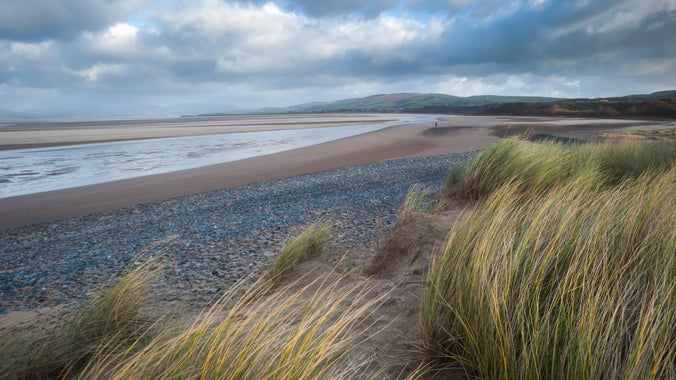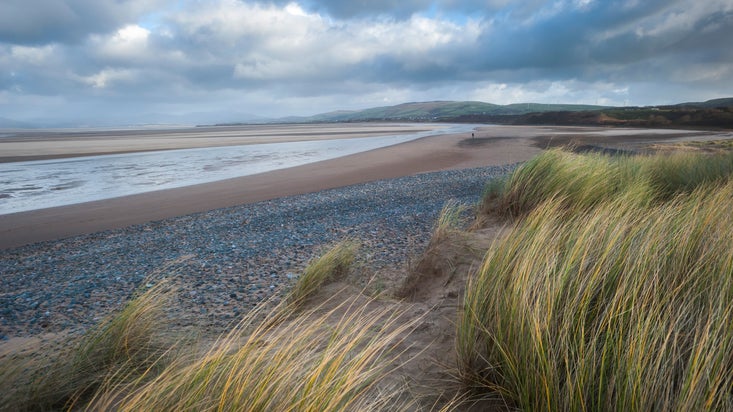
Become a member
Join today and help protect nature, beauty and history – for everyone, for ever. Enjoy access to more than 500 places with National Trust membership.
Outstanding dune habitat supporting a wealth of wildlife and with magnificent views across the Duddon Estuary onto the Lakeland Fells.
Roanhead, Hawthwaite Lane, near Barrow-in-Furness, Cumbria, LA14 4QJ

We welcome the news that the application for 230 lodges and associated development at Roanhead on the Furness peninsula has been refused.


Join today and help protect nature, beauty and history – for everyone, for ever. Enjoy access to more than 500 places with National Trust membership.